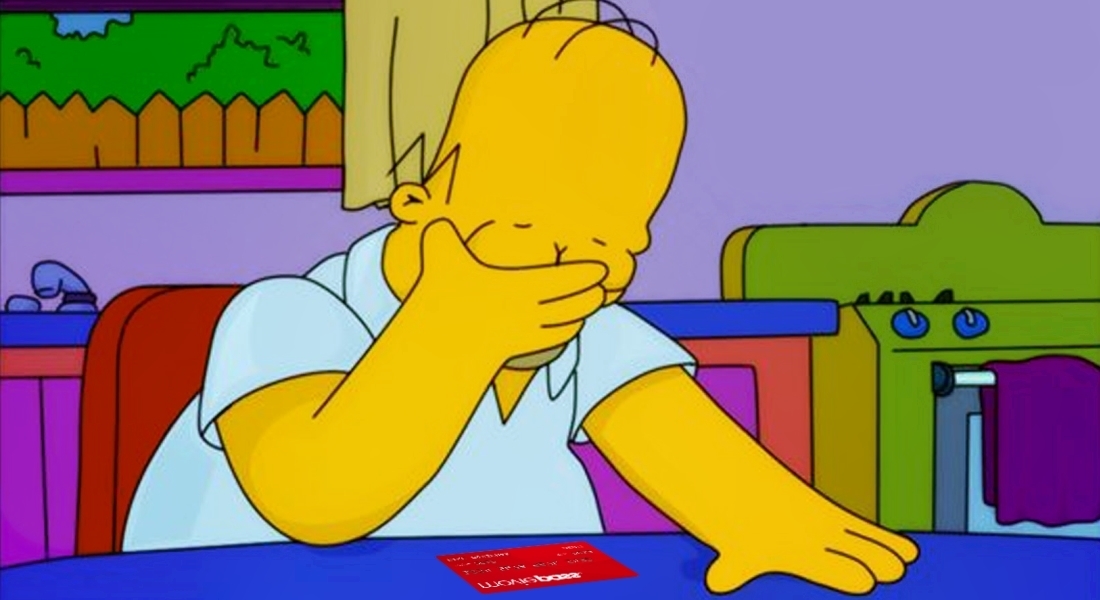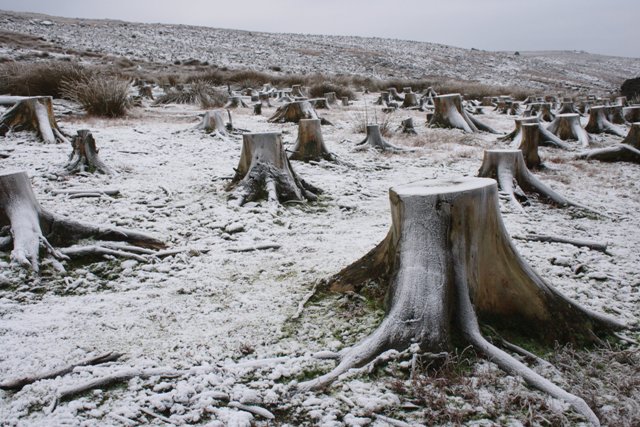Okay thanks. But here is what I don't understand. The reason why room tone is recorded is so that the background sounds the same as the clips of dialogue coming from the character's right?
If the actors are in room A, and then walk into room B, the room tone will change, in the background of the recorded dialogue. So if I decided to have the room tone from room A, over top of room B, for continuity, wouldn't the audience here that there is a different room tone in the dialogue clips, compared to the room tone of the background, if the room tone is from a different room.
OK I read through a lot of this thread and a few things jump out.
First focus on shooting the story, really. Assume your first five or ten films will be junk, because they will be. If you are a great talent they will be watchable with some serious issues, if you are not lucky they will only be watchable by those who want to see themselves on the screen.
But they will be better as you go as long as you don't spend a ton of energy trying to make a "Hollywood Film" because you are not going to.
As a sound professional I would recommend that you basically forget sound on your first few films. Stick a mic on the camera or (much better) get a friend who WANTS to do production sound to learn with you and boom it.
Purcell's book is not a "history" of dialog editing it's a handbook for how dialog IS edited on a big film. It's a great book and not of a lot of use on no budget films.
Room Tone serves one purpose, and that is to fill the holes in production tracks. It is used by dialog editors.
Ambience, backgrounds and all sound FX are used by FX editors. RT is "noise", ideally noise that matches the noise in the production track.
My advice is to forget you heard the term. It really only has a place in big budget filmmaking and ENG/ Docs where they are going to just about zero sound post. People who use TR in no budget films tend to use it instead of ambiences and backgrounds and it is a big failure in that use. You ambiences etc. NEED to belong to the "world" your story takes place in. Unless that world is a no-budget film set it is the wrong ambience for the scene.
Films are NOT mixed while shooting partly for the reason above and partly because you can't "mix" till after you edit.
NLE's make lousy sound editing aps. Very few picture editors are decent sound editors and the ones that are good at it almost never do both on the same film. And I can only think of one editor (professionally) who is really good at both.
So if after your first bunch of films you really want to do your own sound then do it in a standard low budget workflow. Cut the picture and lock it down. Then export the film to a sound app and switch your mind into sound mode.
Picture is all about starting with a pile of shots and trimming it down to your film. Sound is the exact opposite. You start with production (and yes I guess the clean up is trimming away, but not really) and you build an entire world from scratch. ALL you want from production is clean dialog.
So assuming you have a boom op, the fastest way to better sound is to keep that mic as close to the actors as possible. The general rule is if the actor can not reach out and touch the mic it's too far away. In practice a good boom op in a close shut may be in head butting range.
And never make the mistake of thinking you can "fix" it in post.
So your first film. Put it in the drawer and go shoot another. With out the sound edit session and all the files to reopen it you really can't do much of anything with it. It is what it is, and that is your first film. If it's watchable at all it's a great success.




